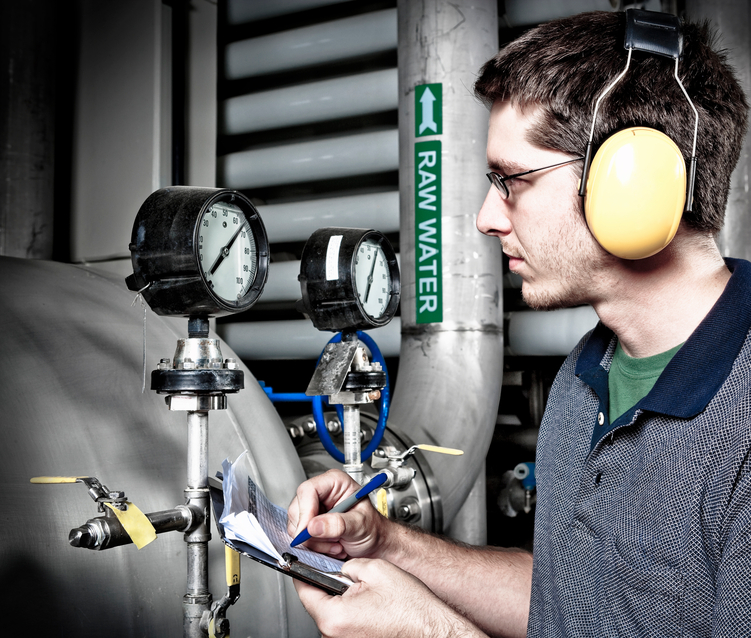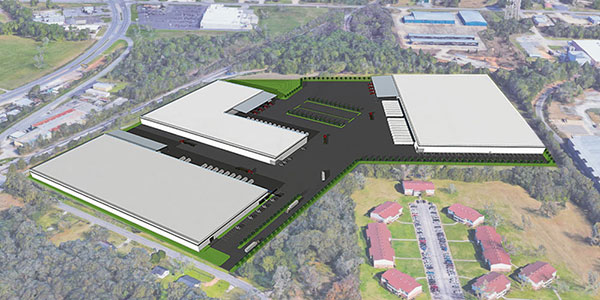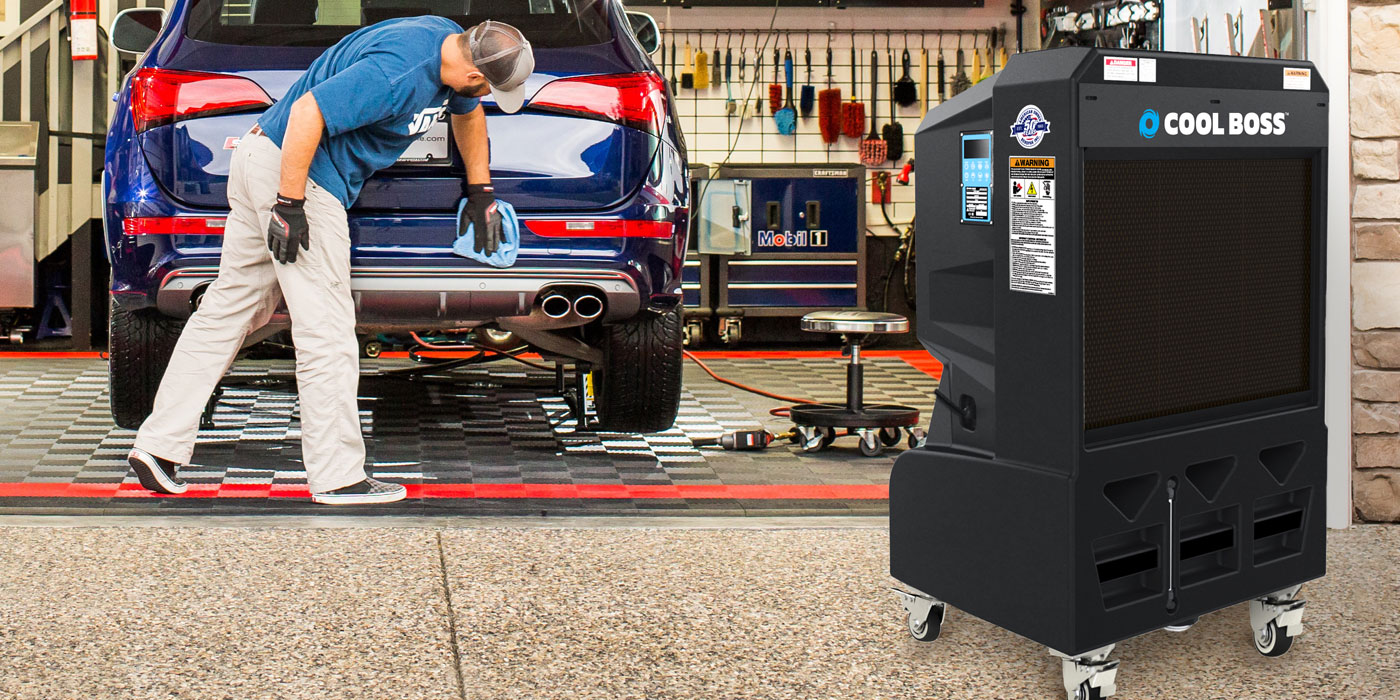Reverse osmosis (RO) systems use a pump to increase the pressure on the feed side of the equipment and forces the water across and through a semipermeable membrane. This process, notes Henry Avina, vice president of sales and business development for AXEON Water Technologies, results in approximately 96 to 99 percent of total dissolved solids (TDS) coming out of the carwash process. When applied and functioning correctly, RO equipment can effectively reduce levels of salt, hardness and silica minerals that contribute to carwash-related spotting.
According to Gary Hirsh, president of New Wave Industries and PurClean™/PurWater™ brands, adding an RO system to a carwash’s operations provides a final rinse of pure mineral-free water to each vehicle, resulting in glass, chrome and all painted surfaces to dry spot-free.
“For some carwashes,” asserts Hirsh, “this can eliminate the need for costly, time-consuming hand drying and also can enhance customer satisfaction.”
Keeping up with RO maintenance
While RO systems do not require an overabundance of maintenance, these systems are not exactly set-it-and-forget-it. Routine maintenance procedures, adds Hirsh, can include monthly 5-micron, prefilter cartridge replacements and testing of incoming and product water to check that the filtration is running efficiently and the water quality meets factory specifications.
“In addition, owners should check chlorine/chloramine levels monthly to confirm the in-line carbon filter is operating efficiently and performing as intended to absorb chlorine/chloramines,” notes Andrew Landa, director of research and development for Zep Vehicle Care.
Chlorine, which is an oxidizer, can cause irreversible damage to RO membranes. According to Avina, signs of exposure to chlorine are increased TDS and decreased pump pressure with an increase in production.
“Periodic system maintenance can reduce the operation costs and increase the system’s membrane life,” adds Avina, noting periodic maintenance should include replacing sediment and carbon prefilters as needed. “The prefilters remove any large particulates from the feedwater stream that would typically clog the membranes. Keep in mind that a sediment filter is less expensive than a set of membranes. The prefilter should be replaced when a differential pressure of 15 psi or higher is reached.”
According to Hirsh, a typical RO membrane can last three to five years depending on incoming water quality, appropriately specified pretreatment and by following routine maintenance procedures recommended by the manufacturer.
RO by comparison
While RO is widely used across the U.S., other technologies available are worth mentioning. Avina breaks down ultrafiltration’s (UF) limitations and ion exchange’s benefits:
UF does not have the ability to reject dissolved solids. The technology is used for separation of particulates suspended in water. Ions, such as calcium and magnesium (hard water) or sodium chloride (salt), will pass through the UF membrane.
Ion exchange in the form of a water softener exchanges calcium and magnesium ions for chloride at a 1:1 exchange rate, basically softening the water. Using a water softener has its benefits for both the RO system and the chemicals used in carwashing. The benefit to the RO system is the removal of the hardness in the feedwater.
“Removing the hardness will help in one of two ways,” continues Avina. “The first benefit will extend the life of the RO membranes, which typically ‘get plugged up’ (foul) with hardness. Once scale is formed on the surface of the membrane, the membrane will begin to lose production and will either need to be cleaned or replaced.”
As mentioned, another benefit of using a water softener in a carwash is that soaps and waxes will have an increased lather. However, there are some concerns today with using ion exchange in certain areas of the country.
“[For instance], cities in California have banned the use of residential and commercial water softeners due to the increased amount of [salt] wastewater treatment plants are seeing,” says Avina. “Another con that comes with using a water softener is the amount of salt a water softener uses and the reoccurring salt costs.”
RO pretreatment needs
Water quality and contaminants, as noted, can impact RO membranes and the system’s overall performance. As a result, carwash owners and operators who utilize RO should regularly monitor incoming water quality since conditions can change even monthly or seasonally.
“The lifecycle of the [RO] membranes (as well as other inline pretreatment filtration) is directly related to the incoming water quality,” educates Hirsh. “Reclaim water should never be introduced to [RO] technology. It is imperative to incorporate backflow preventers/check valves to prevent reclaim water from being introduced to an RO system.”
According to Hirsh, the membrane is the primary filter of the RO system; and it is constructed of a layered, thin composite material engineered to allow only water to pass through, not impurities or contaminants. “Excessive contaminants and improper or undersized pretreatment can cause contaminants to lodge in the pores of the membrane, resulting in fouling or failure that requires replacement of the membrane.”
In addition to ion exchange, several other RO pretreatment recommendations are available to prevent fouling, scaling and corrosion, which lead to premature membrane failure and more frequent cleaning.
Below are some of the most common methods of pretreatment used in the water treatment industry and brief explanations, provided by Avina:
Multimedia filtration (MMF): A MMF typically contains three layers of media consisting of anthracite coal, sand and garnet, with a supporting layer of gravel at the bottom. This filter media arrangement allows the largest dirt particles to be removed near the top of the media bed with the smaller dirt particles being retained deeper in the media. A well-operated MMF can remove particulates down to 15-20 microns.
Antiscalants and scale inhibitors: Antiscalants and scale inhibitors are chemicals that can be added to feedwater before an RO unit to help reduce the scaling potential of the feedwater. Antiscalants and scale inhibitors work by interfering with scale formation and crystal growth. The choice of either using an antiscalant or scale inhibitor and the correct dosage depends on the feedwater chemistry and RO system design.
Granular activated carbon (GAC): GAC is used for removing residual disinfectants, such as chlorine, from water. GAC media is made from coal, nutshells or wood. Activated carbon removes residual chlorine and chloramines by a chemical reaction that involves a transfer of electrons from the surface of the GAC to the residual chlorine. The chlorine ends up as a chloride ion that is no longer an oxidizer.
When installed and maintained effectively, RO can ensure positive impressions with customers.
Today’s technologies and processes have advanced to address environmental concerns, and carwashes are benefiting all across the country.














